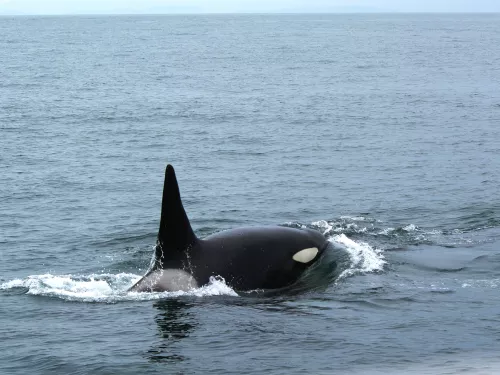
Orca
Orca, sometimes known as ‘killer whales’, are unmistakable with their black and white markings. Although we do have a small group of orca who live in British waters, you would be lucky to see them!
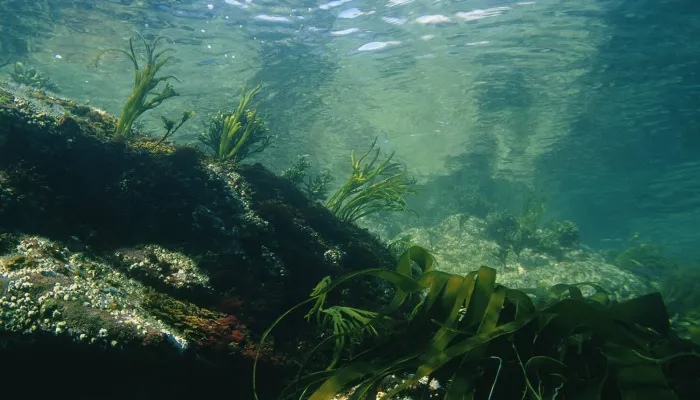
There's another world waiting beneath the waves. Seals weave in and out of sunlit kelp forests, cuttlefish flash all the colours of the rainbow, starfish graze along the muddy seabed and sharks slip through the open water.
The sea can seem like just a huge expanse of water – vast, deep and maybe a little scary. But a huge variety of habitats can be found here. Close to shore, rocky reefs create rockpools that teem with anemones and starfish, while further out to sea, deep-water corals provide nursery sites for many of our commercial fishes such as cod.
Kelp forests support numerous species from tiny plankton to large fish, and living reefs (made entirely of organisms like mussels or tubeworms) provide food and shelter for marine wildlife. In the shallows, seahorses and bass hide among underwater meadows of seagrass.
Deep-sea mud plains may look barren and lifeless, but they are home to all kinds of sea life like bristleworms, spider crabs and lobsters. Shallow mudflats are a feeding ground for waterbirds at low tide, and sand and gravel beds are important for crustaceans like shrimps, and for spawning fish, which burrow into the seabed for protection.
As a result of its richness, our marine environment is under threat. Overexploitation of fish stocks is causing the decline of many once-familiar species. Pollution from sewage discharge, oil spills and nutrient run-off is extremely toxic to sea life, while physical disturbance from dredging, mobile fishing gear, boat anchoring and coastal development are also taking their toll on marine habitats.
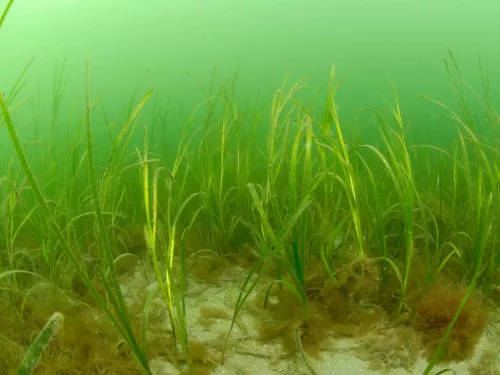
Meadows of seagrass spread across the seabed, their dense green leaves sheltering a wealth of wildlife including our two native species of seahorse.

Protected Area Warden Nina Jones reflects on this year's National Marine Week: a lively celebration of Kent’s marine and coastal environment. Kent Wildlife Trust hosted a varied programme of events across the county, from the rocky shores of Folkestone’s…
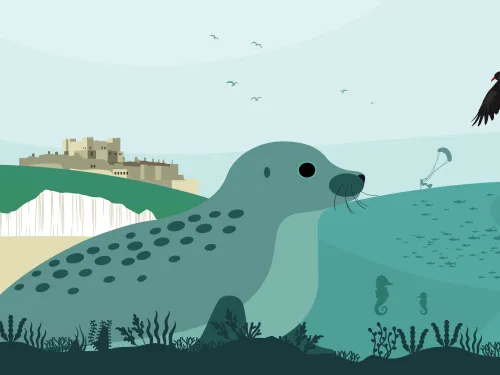
Adonis Blue Environmental Consultants (ABEC) is a part of the wider Kent Wildlife Trust Group. This National Marine Week, let's explore what the ABEC Coastal Explorer Interns have been up to in their first month with us!
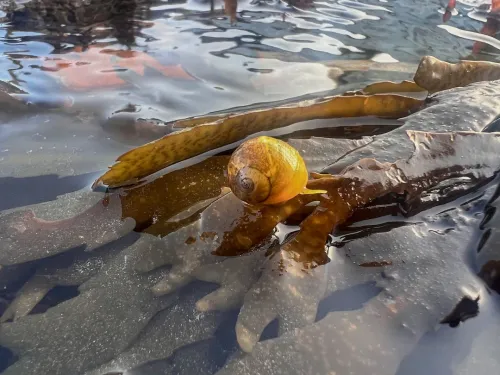
National Marine Week is our celebration of UK seas! From 26th July - 10th August 2025 we'll be showcasing the 'Secrets of our Seabeds'. One of these secrets are lesser-known marine species.